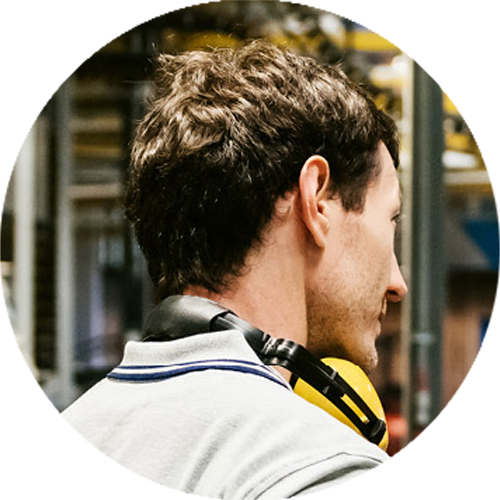
GUIDELINES FOR AN INTEGRATED ENERGY STRATEGY
Helping companies achieve their sustainable energy objectives
An integrated approach to energy and fuel efficiency
Introduction
An effective integrated energy strategy identifies and prioritizes quick wins that put a company on the right path to achieve its energy vision. Quick wins will generate buy-in and momentum that will help the company as it pursues larger capital projects and strategic initiatives in the medium term.
Reducing energy and fuel consumption across a company’s operations and value chain is often the easiest way to achieve these quick wins. By reducing unnecessary use and optimizing existing assets, a company can both achieve immediate energy, cost and carbon savings and leverage these savings to fund longer-term projects. This approach will also ensure new equipment meets operational requirements and complies with increasingly stringent energy efficiency and greenhouse gas emissions regulations.
In today’s global and interconnected world, the role of a company’s value chain in achieving energy efficiency goals is ever more important. A company can use its internal resources and the knowledge and experience of suppliers, customers and other stakeholders to accelerate progress, implement new solutions and focus efforts on the energy efficiency opportunities that will deliver the greatest impact.
Purpose of this section
This section explains how to work collaboratively with your company’s value chain and cross-functionally in your company to implement solutions to improve energy efficiency. It summarizes the steps you should follow when engaging with your value chain – both upstream and downstream – and the additional criteria to use when evaluating energy efficiency measures. This section does not provide
a detailed review of energy efficiency technologies or how to deploy specific solutions. This section should be read by employees involved in developing the company’s integrated energy strategy, particularly individuals with positions in strategic sourcing/procurement, manufacturing/engineering and energy
This section targets all industries; however, certain items might be more applicable to primary or secondary sector-based companies.
The section focuses on four areas that an integrated energy strategy should cover and provides a practical process on how to engage with suppliers, customers
Engaging with your workforce and value chain partners to improve energy efficiency
You can achieve long-lasting energy efficiency improvements by engaging with people internally and across the value chain to change the way they make decisions and how they act.
Using smart controls to improve energy and fuel efficiency
Upgrading and replacing equipment and assets to improve energy efficiency
How to collaborate with your suppliers, customers and employees

Copyright © 2025
World Business Council for Sustainable Development
All rights reserved | Privacy Policy




